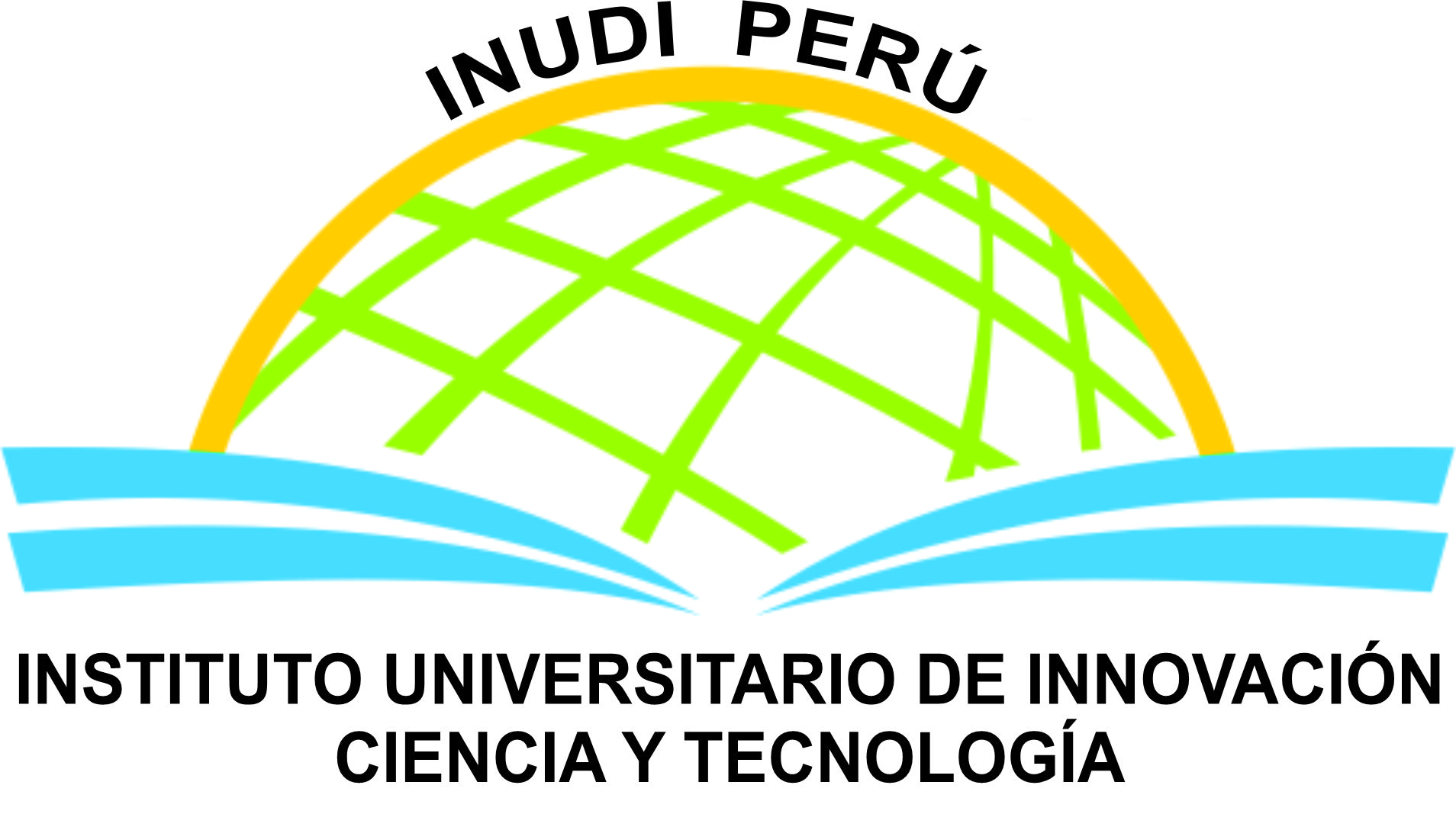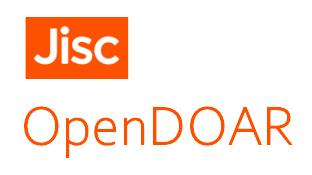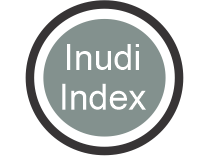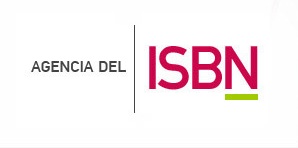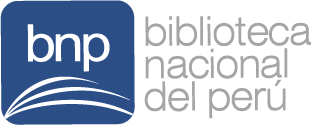Multimedia educational material and learning of Peruvian customs
Keywords:
multimedia educational material, secondary education, Peruvian customsSynopsis
The objective of the research was to determine the effects produced by the multimedia educational material elaborated in Hypertext Markup Language for the learning of El Costumbrismo Peruano in the students of the fourth grade of secondary school of the Educational Institution "Jorge Basadre" of Chupaca (Peru). Specific: To establish the advantages and disadvantages that Hypertext Markup Language has in the elaboration of multimedia educational material for the learning of El Costumbrismo Peruano in the students of the fourth grade of secondary school of the Educational Institution "Jorge Basadre" of Chupaca. The research hypothesis was: The multimedia educational material elaborated in Hypertext Markup Language has significant effects for the learning of El Costumbrismo Peruano in fourth grade secondary school students of the Educational Institution "Jorge Basadre" of Chupaca. The research was of an applied type, due to the fact that the multimedia educational material was elaborated in the Hypertext Markup Language, demonstrating the practical form it has. The methods used in the investigation were: The scientific method; as a general method and the experimental and computerized methods; as specific methods. The research design used was the quasi-experimental with two research groups. The techniques used were: Observation and recording. Descriptive statistics were used in data processing and analysis techniques: arithmetic mean, median, mode and coefficient of variation; as well as inferential statistics for the validation and verification of the hypothesis. The main conclusion is: The application of the multimedia educational material elaborated in Hypertext Markup Language has significant effects on the learning of El Costumbrismo Peruano in students of the fourth grade of secondary school of the Educational Institution "Jorge Basadre" of Chupaca.
References
Ausubel, D. (1983). Psicología Educativa: Un punto de vista cognoscitivo. México. Trillas.
Ávila, R. (2005) Estadística elemental. UNMSM Lima.
Barrios, N. (s.f.). Internet y Educación. Instituto Balseiro, Centro de formación continua. www.cab.cnea.edu.ar
Bates, A. (2002). La tecnología en la enseñanza abierta y la educación a distancia. Editorial Trillas. México, p. 339.
Bedriñana, F. (2003). La informática educativa. CONCYTEC
Beltran, E. (2003). El modelo pedagógico CAIT. Como aprender con Internet. Madrid. Fundación Cuanto.
Benito, C. (2000). Aprendizaje significativo y métodos aplicados a la comunicación. Editorial San Marcos. Lima Perú, p. 102.
Berrospi, M. y García, C. (1999). Software en multimedia como medio didáctico en la enseñanza aprendizaje de la estructura básica del ser viviente y su influencia en el rendimiento académico de los alumnos del cuarto grado de secundaria del C.E. 9 de Julio – Concepción.
Bulege, W. y Ureta, W. (2000). El uso del Web e IRC como material didáctico en la enseñanza-aprendizaje, en el Instituto de Educación Superior “Continental” de Huancayo.
Calderón y Vilcapoma. (2002). Programas educativos virtuales en el aprendizaje de la citología en alumnos del tercer grado de secundaria del colegio estatal mixto “Jorge Basadre” de Chupaca.
Calero, M. (1999). Constructivismo. Edit. San Marcos. Lima –Perú, p. 392.
Capella, J. (1999). Aprendizaje y constructivismo. Ed. Massey. Lima Perú.
Cárdenas-Valverde, J. (1997). El mágico mundo de la computación. S/e.
Cárdenas y Huaytalla. (2001). Nuevos Caminos de enseñanza usando nuevas tecnologías. Instituto de Investigación de la UNCP
Cárdenas y Huaytalla. (2006). Aulas virtuales para una educación innovadora. Instituto de Investigación de la UNCP.
Cárdenas, J. (2006). Estrategias de Aprendizaje Enseñanza. Fondo Editorial Círculo Literario César Vallejo. Huancayo.
Castillo, M y Castro, V. (1997). El software Bodyworks como medio y material didáctico en la enseñanza aprendizaje del tema sistema disgestivo y el rendimiento escolar en la asignatura de Anatomía I, del segundo grado de Secundaria del C.E. Privado ZÁRATE – Huancayo.
Chirinos, R. (1999). Nuevo manual constructivismo. Programas y proyectos educativos. Lima, Perú, p. 148.
Díaz, F. (1999). Estrategias docentes para un aprendizaje significativo. Ed. Mc Graw Hill. México.
Fernández, B. (2006). Programas autoinstructivos computarizados y de mediación docente y aprendizaje según estructuras mentales. UNCP.
Gálvez, J. (1999). Métodos y Técnicas de Aprendizaje. Cajamarca–Perú. p, 516.
Gates, B. (1997). Camino al futuro. S/.e.
Gonzáles, D. (2000). Didáctica del Aprendizaje. Edit. Cultural Centroamericana S.A. Buenos Aires, p. 394.
Hernández, R. (1997). Metodología de la investigación. Editorial Mc Graw Hill. Interamericana. Editores S.A. de C.V. México.
Hidalgo, M. (1998). Metodología de la Enseñanza-Aprendizaje. Coedición Hidalgo. Lima Perú, p. 180.
López, C. (2006). Material de apoyo al I Encuentro de Formación centralizado de profesores de formación en servicio. Huancayo.
MINEDU. (2006). Diseño Curricular Nacional.
Orellana, G. y Huamán L. (1999). Diseño y elaboración de proyectos de investigación pedagógica. Instituto Andino de Pedagogía INAP. Huancayo Perú, p. 166.
Papert, S. (1993). Los niños y las máquinas. New York. Univeridad de IOWA.
PEI. (2005). Proyecto Educación Institucional del IEP Jorge Basadre: pág. 6: Debilidades, 7: Problemática pedagógica y de gestión)
Piaget, J. (1970). La equilibración de las estructuras cognitivas. Madrid:Siglo XXI
Poole, B. (2003). Tecnología educativa. Educar para la sociocultura de la comunicación y del conocimiento. Mc. Graw Hill. Madrid-España.
Pozo, J. (1994). Teorías cognitivas del aprendizaje. Madrid: Morata.
Programa Huascarán. (2004). Las Nuevas Tecnologías de la Información y Comunicación. Lima Perú.
Rosa, E. (1999). Principales métodos y técnicas educativos. Editorial San Marcos. p. 244.
Salinas. (1995). La educación en la sociedad de la información. (pp. 17-18).
Sánchez, H. y Reyez, C. (2006). Metodología y diseños en la investigación científica. Aplicadas a la psicología, educación y ciencias sociales. Lima Perú, p. 176
Tébar, L. (2003). El perfil del profesor mediador. Madrid: Aula XXI/Santillana
Trahtember, L. (2000). Las tecnologías de la información y comunicación. Edit. San Marcos. Lima.
Uculmana, C. (1998). Constructivismo. Impreso en el taller de Donato Vargas. Lima – Perú. pp 415.
Vaquero. (1987). Una introducción a la historia de la Informática Educativa (www.ibb.br).
Vilcatoma, A. (1998). Estadística Aplicada a la Pedagogía. Fondo Editorial F.P.H. Huancayo-Perú.



